Overview
Map
Other Details
كنيسة مار يوحنّا الحبيب
Jrabta El-Batroun
Batroun
North
كنيسة مار يوحنّا الحبيب - جربتا سنة ١٨٦٥ شيّد الخوري يوحنّا جرجس بصبوص مدرسةً على اسم مار يوحنّا الحبيب في محلّة الضهر معاد، وجعل لها كنيسةً صغيرةً بعقدٍ مُصالب. أُوقفت المدرسة والكنيسة للرهبانيّة اللبنانيّة المارونيّة سنة ١٨٩٥ بُغية تحويلها لدير راهباتٍ مُحصّنات. قبلت الرهبانيّة الوقفيّة سنة ١٨٩٧ وصادق عليها البطريرك يوحنّا الحاج. سنة ١٩٠١ رقد الخوري يوحنّا بالربّ ودُفن في كنيسته. رُمّمت الكنيسة سنة ٢٠٠٣ ونُقل إليها مذبح دير مار يوسف القديم وهو من عمل الأخوين بصبوص من راشانا. The Church of St. John the Apostle - Jrabta The church was constructed in 1865 to serve as a chapel for St. John's School, which was established by Father Youhanna Gerges Basbous. The school was handed over to the Lebanese Maronite Order in 1895 and was transformed into a nunnery. The donation was accepted by the order in 1897, and the decision was authorized by Patriarch Youhanna el Hajj. In 1901, Father Basbous passed away and was buried in the chapel. The church underwent restoration in 2003, during which the magnificent marble altar of St. Joseph's Monastery, a masterpiece carved by the Basbous brothers, was installed.
Visited 3397 times, 7 Visits today
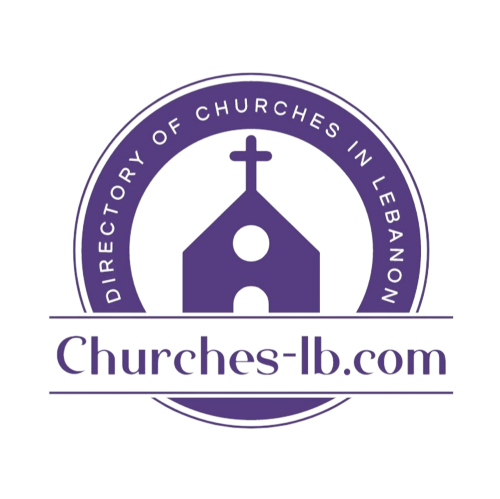
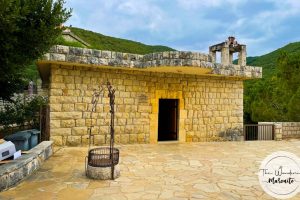
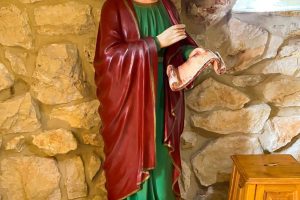
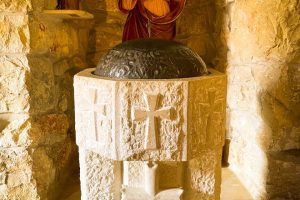
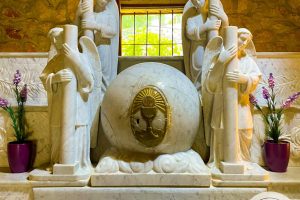
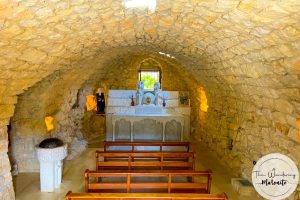
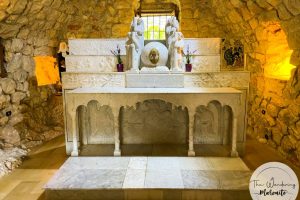






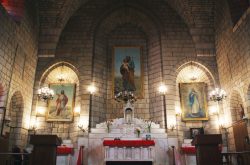
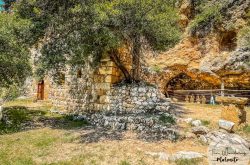
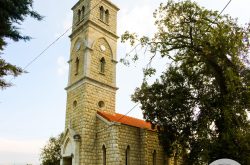
Reviews are disabled, but trackbacks and pingbacks are open.